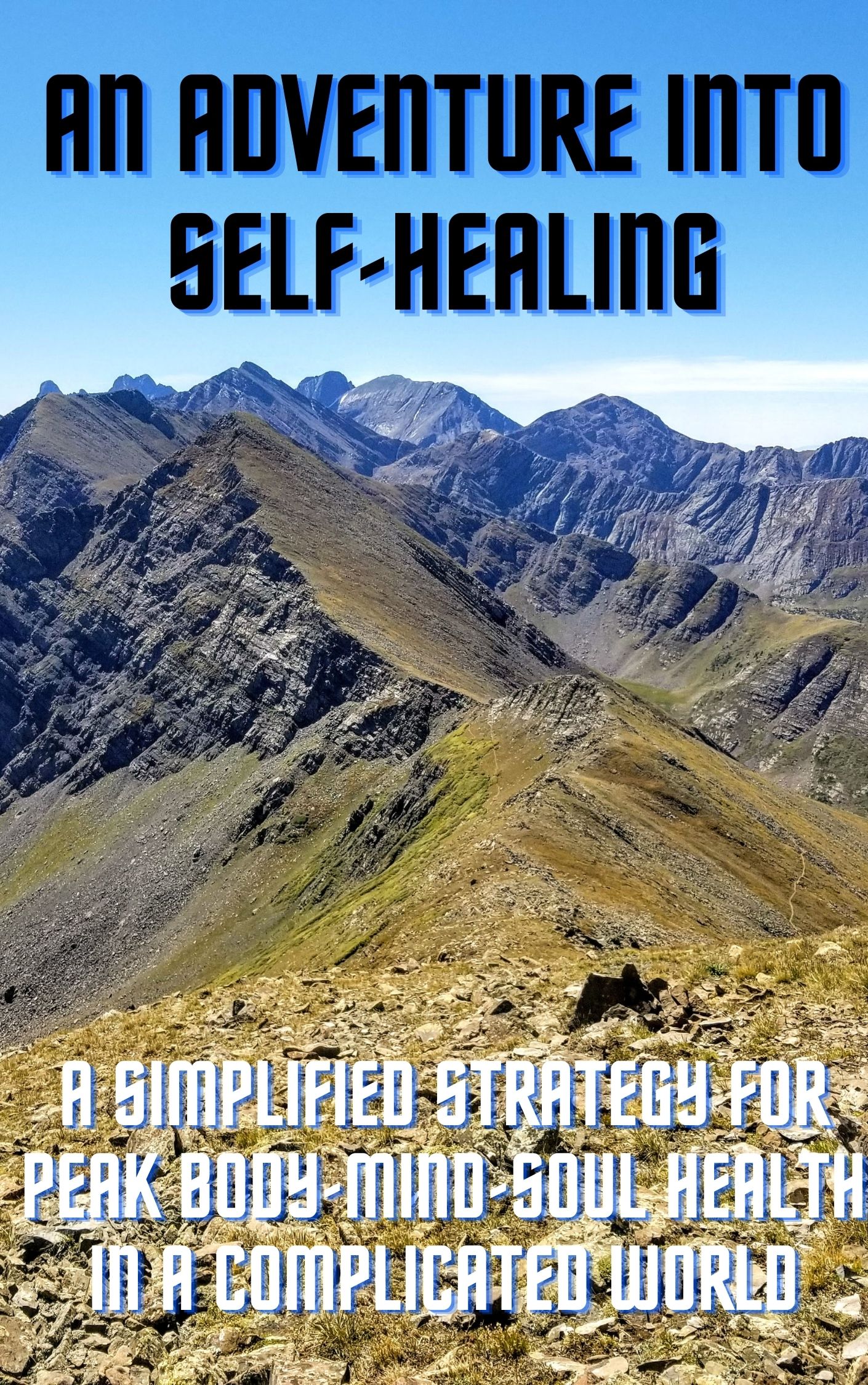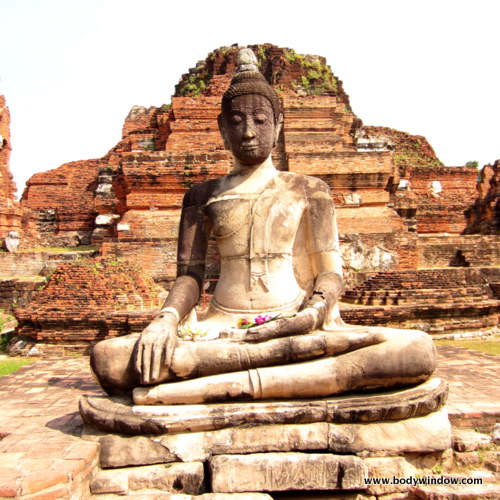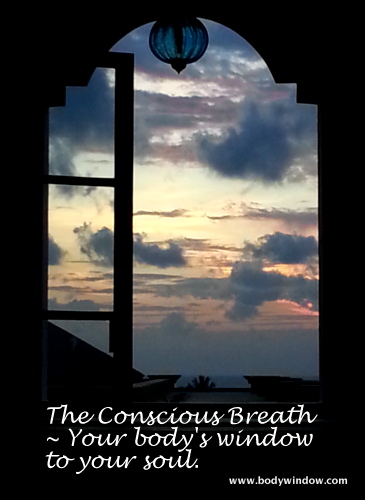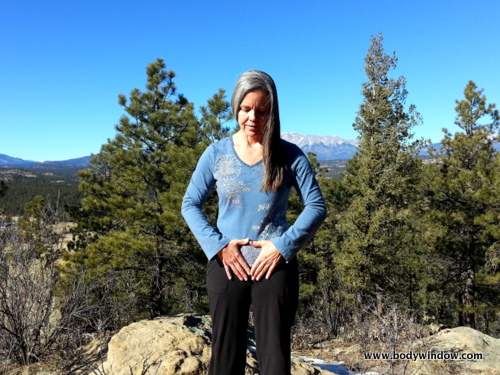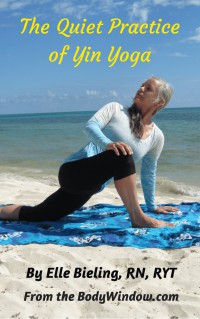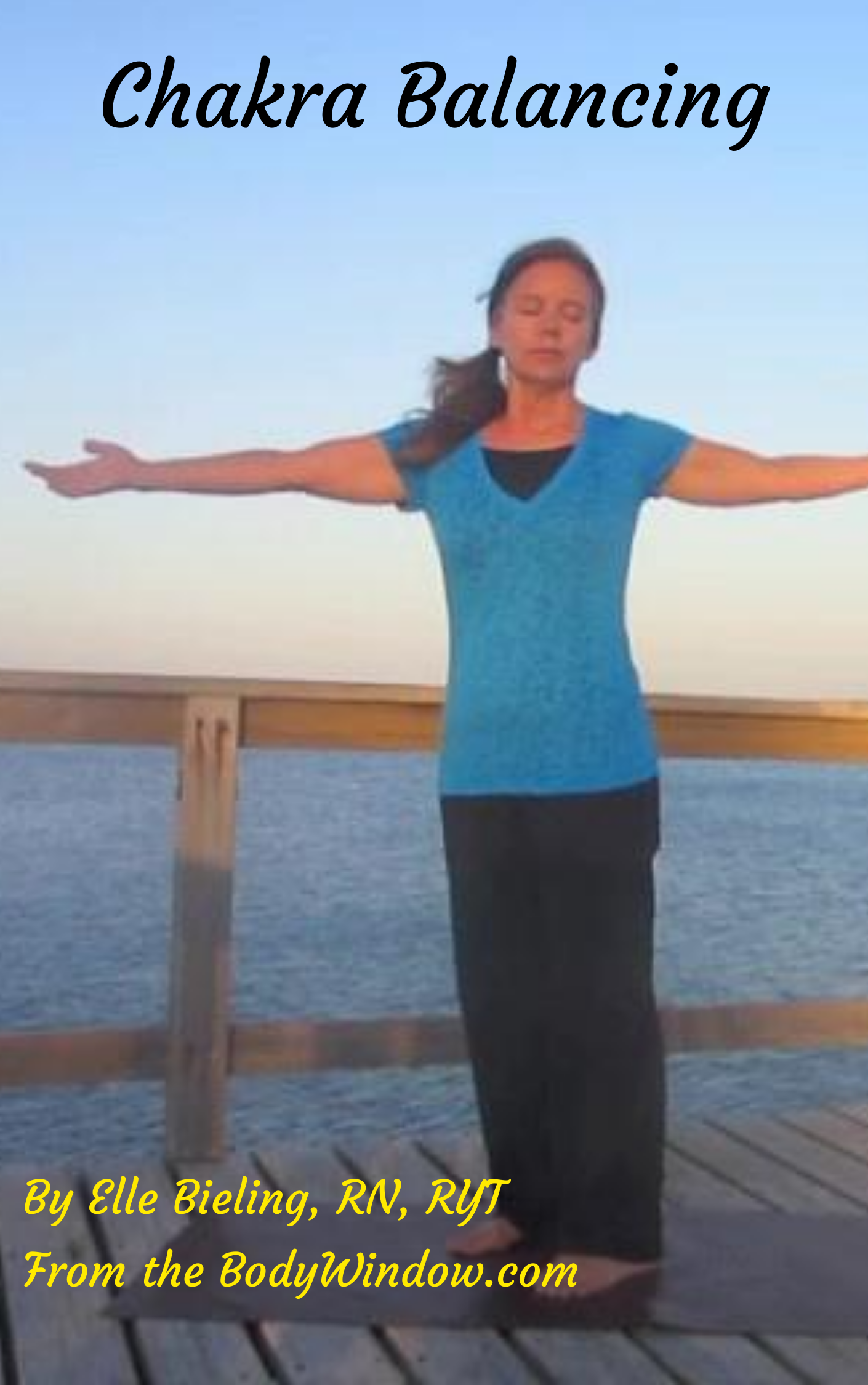Way ~ Through Your Body!
- Home
- The Breath
- Ujjayi Breathing
Ujjayi Breathing ~ A Deeply Relaxing Pranayama
Ujjayi breathing can deeply enhance your relaxation response and rejuvenate you at the same time. If you master this ancient, yet simple yogic exercise, you will greatly improve your yoga, meditation and/or mindfulness practice.
Breathing is Essence. Controlled and conscious breathing is Health and Long Life. Therefore you should really try to attain the control of your breath through breathing exercises, or pranayama. You will deeply connect to your essence and bring balance to your life.
Have you ever been to a yoga class where someone was breathing in a very loud, deep and almost guttural fashion? I know I have, and it can be quite disturbing if this pranayama is not done in a mindful and gentle fashion. This particular pranayama has many therapeutic effects, however, when in public, it is best to tone it down.
The Body Window's Self-Guided Healing Course is Now Reduced to only 19.95 USD!
Click here to learn more about how this healing course can change your life!
Ujjayi breathing, pronounced ooj-EYE-ee, is a mindfulness practice of pranayama that has been taught for centuries in the Eastern wisdom traditions. While most people who go to yoga classes have heard of it, most do not know exactly what it is, and aren't given the opportunity to practice it. Even in my yoga teacher training, this practice was not taught. This is a shame.
Ujjayi breathing is another pranayama, but yet carries its own uniqueness. The goal of this type of breathing is to slow down and prolong the inhalation and exhalation, thereby triggering the parasympathetic nervous system for total physiological relaxation.
The reaction triggered is the very opposite of the fight or flight syndrome that stress brings. (You can refer to my article on adrenal exhaustion to understand this concept more fully, if needed.)
In traditional Western medicine, we teach asthmatics to do pursed lip breathing, which when done properly, lengthens the exhalation phase. This effectively blows off more carbon dioxide, which in turns allows the body to bring in more oxygen, calming the parasympathetic nervous system. The result is the relaxation and opening of the airways.
Ujjayi breathing is similar, except now, we are deliberately slowing both the inhalation and the exhalation, and adding more stimulation of the parasympathetic nervous system by breathing through a partially closed glottis.
The glottis is the flap of tissue that closes over your windpipe, or trachea, when you swallow, so that food won't go down into your lungs, but goes down your esophagus instead, to your stomach. During normal breathing, the glottis is open.
In Ujjayi breathing, we partially close the glottis, so the opening to the trachea is narrower, increasing the pressure required for air to go through it, and causing a more calming effect to your body.
Begin this exercise by sitting comfortably, in whatever style you desire. In a chair with a straight back is preferable, or sitting cross-legged with a straight back. Quiet your body and begin to notice your breath.
At first it is easier to breathe with a partially closed glottis, on the exhalation phase. Take a long, deep inhale, and with your mouth open, as you exhale, attempt to close off the back of your throat. This creates a breathy sound, like Darth Vader. Make the sound audible, but light. It should NOT be a snoring sound. Then inhale normally.
Some prefer to use the rrrrr sound to simulate this raspy breathing. If you don't seem to get it, try saying the word "whisper" and prolong the sound of the r, like "whisperrrrrrr." Try this a few breaths, on the exhalation only.
Once you have mastered this step, now attempt it with your mouth closed on the exhalation. The sound made by your throat is lighter and less audible when your mouth is closed.
Once you feel comfortable with the forced air exhalation through a partially closed glottis, try it on the inhale. This is a little more difficult, but quite possible.
Try to breathe in the ujjayi fashion for at least 10 breaths. Notice what is happening in your body when you do this. Initially, you may feel very relaxed. As you continue this breathing exercise even longer than 10 cycles, the improved oxygenation that this practice brings you, will now lift fatigue and bring you more energy!
If you make this breathing technique a part of your daily self-care practice, you will be richly rewarded with energy, relaxation and health! The yogis have known about this for centuries, and can slow their heart rate, their breathing rate and their metabolic rates to almost non-discernible levels.
May you find relaxation and rejuvenation when you learn how to do ujjayi breathing. May this practice enhance your healing as you become aware of your body and its functions, and stay in the moment with it!
Additional Articles on the Breath:
Can't find what you're looking for? Search this website:
Support This Website and Its Mission
Thank you so much for considering a donation to help support this website. I appreciate your thank-you for access to so much free information. If you feel you have been blessed by this website, thank-you for your donation! I promise, that I will continue to provide you with lots of information and pay it forward to all in whatever way I can!
© Copyright 2009-2025, by Elle Bieling, BodyWindow.com
All Rights Reserved
We also hereby confirm, as stated in our Privacy Policy, that we do not sell personal information of any kind.
Protected by Copyscape Plagiarism Checker ~ Do not copy content from this page.
Information on this website is not intended for medical advice. See your health care provider for any health concerns. By using this website and/or practicing any yoga postures, foam rolling exercises or other physical movements contained herein, you are agreeing that you are in good health, cleared by your healthcare professional to participate in physical activities and you release The Body Window from any liability involved in the practice.
